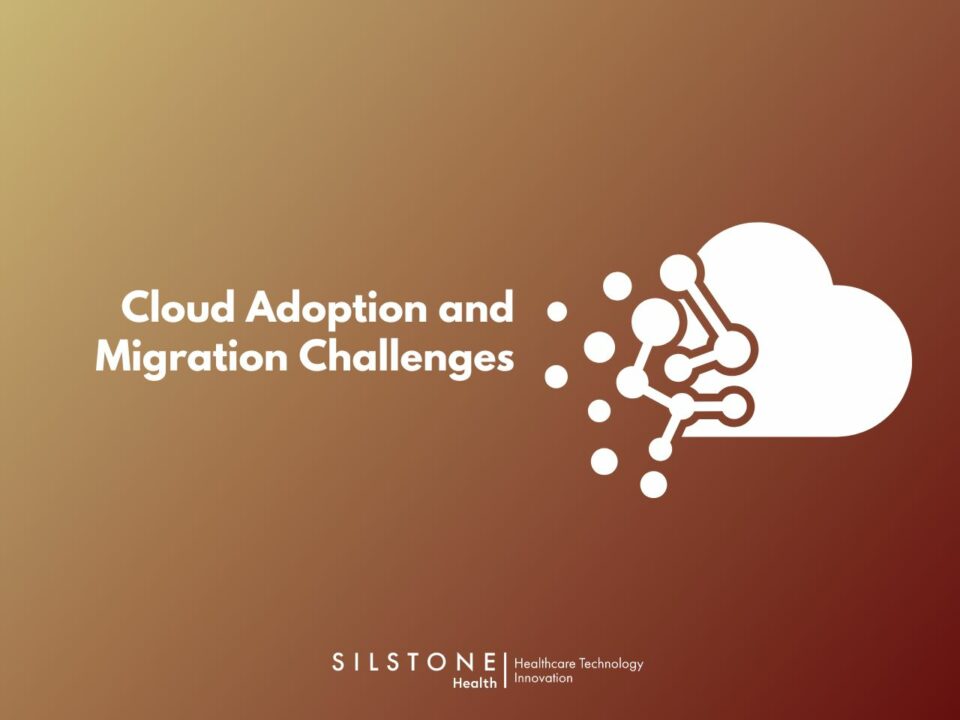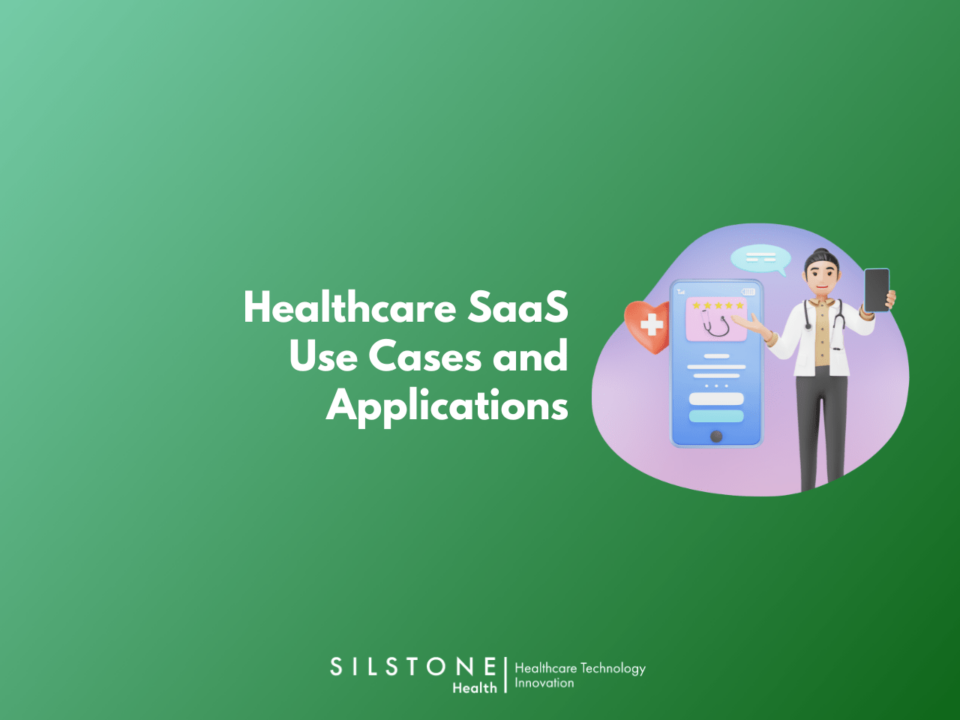
Cloud-Based EHR
September 1, 2021
Video Ingestion and Analysis Platform for the Healthcare Industry
September 15, 2021Cloud Adoption and Migration Challenges

In the recent years, we have seen various organizations adopting the shift from their traditional IT infrastructure to the Cloud-based infrastructure. 80% of the organizations that adopt the cloud see improvements within their IT departments within six months. Let us understand the major reasons behind these improvements through an example:
Imagine an organization wants to launch a new application. With the traditional infrastructure, the organization starts by:
- Planning and scoping the architecture.
- Identifies the servers needed to run the app.
- Creates a Purchase Order(PO).
- Waits for the PO and approval.
- During this wait, they will prepare the data center by ensuring enough floor space, power, cooling, and other supporting backend infrastructure such as a new dark fiber between the redundant locations.
During this wait, the requirements usually change and the hardware ordered is highly likely not to be the best fit. The order either overprovisions or under-provisions the updated needs.
On the other hand, if they adopt the cloud-based infrastructure, they can optimize their expenditure by matching the usage to the requirements of workloads by maturity(using Reserved Instances) and behavior(which instance to adopt as per the usage and data analysis).
Another aspect is that cloud-based services can offer services that an organization might not be able to develop, support or run in an efficient manner. These services might be relevant for certain organizations, or they might not make sense for other organizations. These services, thus, become inexpensive and easy-to-use. By adopting cloud, organizations can focus more on innovation and less on infrastructure.
For example, mobile developers encounter enormous challenges in making code run on multiple phone models and OS versions. It is expensive and resource demanding to keep an up-to-date device portfolio for testing. Using cloud-based services like AWS Device Farm this becomes much easier.
While this shift to the cloud has been rapid and has resulted in better outcomes for the majority of organizations, it comes with its challenges, the major being the migration challenges. As a consultant, the major task is to prepare for the common migration challenges in cloud adoption such as:
1. Migration-related costs
2. Shifting to an Opex(Operation Expenditure) Model
3. Lack of cloud readiness
4. Entrenched IT Organization.
1. Migration Costs: The primary costs for a cloud deployment are:
- Sunk infrastructure cost, and
- Migration costs
- Sunk infrastrucutre cost: It occurs when the organizations want to retire their hardware but they have not fully depreciated it and they have not had an opportunity to recover the non-depreciated value of their investments by selling it.
As a business consultant when you talk with your customers, some will provide you with a large number of sunk costs. You should therefore, always evaluate the sunk costs for depreciation and the recovery value.
- Migration costs: It occurs when organizations move their existing footprint to the cloud and shuts down their data center which requires time and effort.
Calculating migration costs typically requires an in-depth analysis. You can conduct this cost analysis as part of the whole migration assessment, which allows you to have a better understanding of what your customer wants to achieve and what their actual work flow looks like.
2. Shifting to an OPEX(Operation Expenditure) Model: This is more of a good practice during cloud adoption than a challenge. One benifit for customers who transition from a CAPEX(Capital Expenditure) + OPEX(Operational Expenditure) to an all OPEX model is that they can tie their I.T. performance and I.T. costs to specific events on their application performance.
3. Lack of Cloud Readiness: To assess the cloud readiness, we need to consider the following 2 factors:
- Human Factor: The organization’s team lack skills and experience required to transition to the cloud.
- Applications: The organization’s legacy applications workloads are not ready for(or would not immediately benefit from) moving to the cloud.
As a business consultant, some app readiness related questions, you can ask are:
- What are your app dependencies?
- Which apps are communicating with other apps?
- What apps can be translated easily?
If two apps speak to each other frequently with high dependency on one another, migrating one without the other might pose a significant risk due to the latency for them to communicate.
Some apps can be tailored to the cloud easily, however, the organizations might have programs running on a mainframe, for example, which is not a simple copy, paste, and press plat type of migration.
The purpose of these questions is to understand the complexity of the applucation landscape, which can be a major factor.
4. Entrenched I.T. Department: In some cases, the I.T. team members might be heavily against cloud adoption. As a business consultant, you might face strong and irrational resistance to cloud adoption. This can be rooted in political reasons such as ” If we transition to the cloud, it will signal to our investors that we chose a wrong path until now, or due to job security, etc.,”
In such situations, you might need to see if any other key players at the company can assist by reaching out to the individual or their manager.





